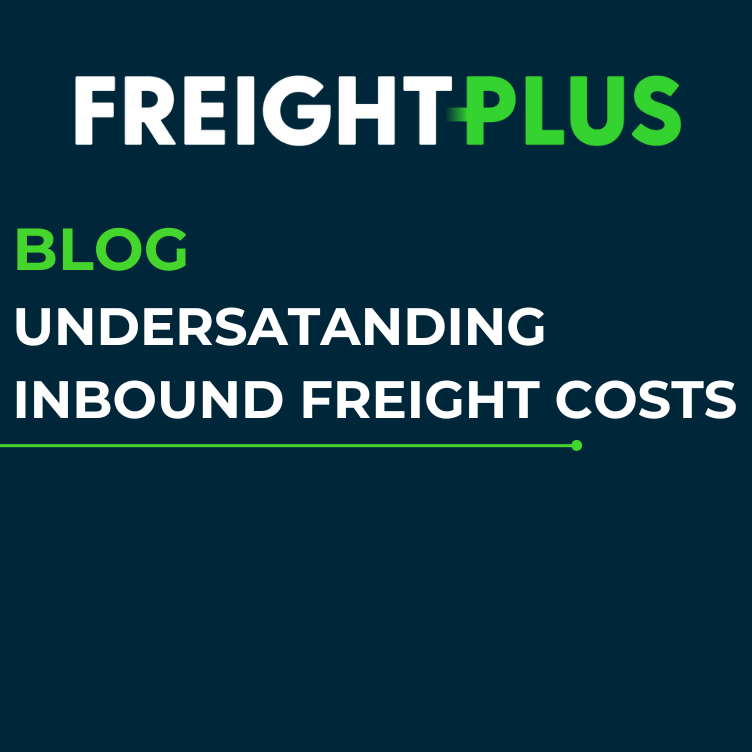Understanding the intricacies of inbound freight costs is crucial for businesses looking to optimize their transportation expenses. While outbound freight costs often take the spotlight, inbound freight costs can significantly impact a company’s bottom line and overall operational efficiency.
What Are Inbound Freight Costs?
Before we dive into the details, let’s define what inbound freight costs actually are. Inbound freight costs encompass the expenses associated with transporting raw materials, components, and goods from suppliers and vendors to your business location or distribution center. These costs are incurred when you receive shipments, and they play a crucial role in your supply chain’s overall cost structure.
Outbound freight costs, on the other hand, involve shipping your products to customers or retailers. The distinction between inbound and outbound freight costs is essential because they require different strategies and approaches for efficient management. Understanding inbound freight costs is a key step in achieving a well-optimized supply chain.
Factors Influencing Inbound Freight Costs
Several factors influence inbound freight costs, and having a grasp of these factors is fundamental for effective cost management:
Carrier Rates and Contracts
The rates negotiated with carriers play a significant role in determining your inbound freight costs. Carrier contracts, including terms and conditions, can impact pricing and service levels.
Shipment Volume
The volume of inbound shipments can affect costs. Higher shipment volumes may lead to better rates, while fluctuations in volume can impact cost predictability.
Distance and Transportation Modes
The distance between the supplier and your location, as well as the transportation mode used (e.g., truck, rail, air, or ocean), can influence costs. Longer distances and specialized transportation modes tend to be costlier.
Fuel Prices and Surcharges
Fuel prices and surcharges can fluctuate and affect overall transportation expenses. Keeping an eye on these variables is crucial for cost forecasting.
The Impact on Business Operations
Understanding inbound freight costs goes beyond just knowing the numbers; it’s about comprehending how they affect various facets of your business operations:
Inventory Management
Inbound freight costs can directly impact your inventory management. Delayed shipments can lead to stockouts or excess inventory, which, in turn, affects carrying costs and service levels.
Production and Manufacturing
Inefficient inbound freight management can disrupt production schedules. Late deliveries of crucial materials or components can result in production delays, increased production costs, and missed delivery deadlines.
Customer Service
The cost and reliability of inbound freight can significantly influence customer service. Delays in receiving essential items can lead to dissatisfaction among customers and retailers.
Strategies for Managing Inbound Freight Costs
Now that we’ve established the importance of understanding inbound freight costs and their impact on business operations, let’s explore strategies for managing them effectively. In our upcoming blog posts, we’ll dive deeper into these strategies, but here’s an overview:
Carrier Selection and Negotiation
One of the most effective ways to reduce inbound freight costs is to carefully select carriers and negotiate favorable contracts. This strategy involves identifying carriers that offer competitive rates and terms that align with your business’s needs.
Route Planning and Optimization
Optimizing shipping routes and schedules can help reduce costs by minimizing unnecessary miles and optimizing delivery times. This strategy requires the use of route planning software and real-time tracking.
Implementing Transportation Management Systems (TMS)
Transportation Management Systems (TMS) provide the tools and visibility necessary to manage inbound freight effectively. They help automate processes, track shipments, and make data-driven decisions.
Data Analytics and Visibility
Leveraging data analytics can provide insights into your inbound freight performance. With visibility into your supply chain, you can identify areas for improvement and make informed decisions that reduce costs.
Continuous Improvement
Finally, managing inbound freight costs is an ongoing process. It requires a commitment to continuous improvement, where you regularly assess your strategies, adapt to changes, and seek ways to further optimize your transportation expenses.
In this comprehensive guide, we’ve laid the foundation for understanding inbound freight costs and their significance in supply chain management. In the upcoming blog posts, we will go deeper into each of the strategies mentioned above, providing you with practical tips and real examples to help you optimize your inbound freight costs and streamline your operations.
Ready to Optimize Your Inbound Freight Costs?
Understanding inbound freight costs is the first step toward achieving cost-efficient supply chain management. By implementing the strategies discussed in this guide, your business can reduce expenses, enhance efficiency, and maintain excellent customer service.
At FreightPlus, we specialize in helping businesses like yours streamline their transportation operations. As a trusted managed transportation provider, we have a proven track record of delivering cost savings and operational improvements.
Ready to take the next step in optimizing your inbound freight costs? Click the link below to schedule a call with us today, and let’s discuss how FreightPlus’ Managed Transportation Solution can meet your specific needs.
For Shippers
Are you looking to connect with a sales representative?



